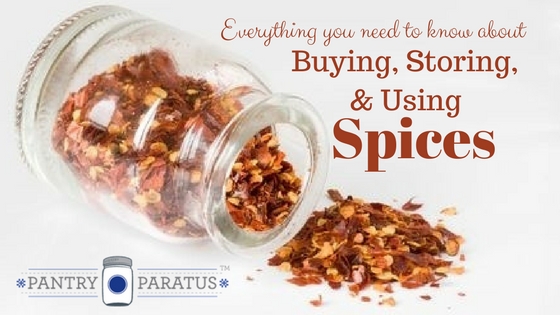
Spices have become an integral part of modern cuisine both in terms of health, and taste and many households prefer to keep them at home in storage. Correctly using spices can result in the best, most flavorful dishes you will ever have; however, that can be maximized after keeping a few important points in your mind. Here is everything you need to know about buying, storing and using spices.
Understanding spices
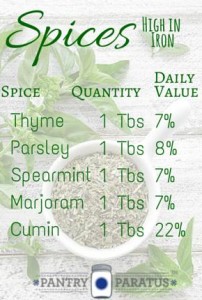
No, they are not just fancy and colorful powders. Spices range from seeds and roots to barks and fruits that are used for flavoring, preserving and coloring your food, as well as adding nutrition. Some common spices include cinnamon, pepper, turmeric and garlic. Minimal amounts of spices can give intense and delicious flavors to dishes served to several people which is why consuming spices directly can be harmful.
Other than their application in terms of taste and visual appeal of the food, spices are also consumed for their health properties. Spices are known to help in creating diet regimes which help in weight loss. Turmeric, cinnamon, cumin, ginger and garlic have all been linked to weight loss. So when buying and using spices, you may want to consider your choices according to your physical needs and body goals. Many spices and herbs can help you get proper nutrition; read this article for a list of iron-rich spices and herbs!
Buying Spices
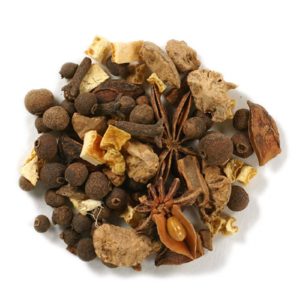 Spices are significant for flavor, health, and for appearance, making them necessary for every meal. Buying spices has never been easier, their growing demand has led to all kinds of exotic spices being available at your local supermarket. Please be sure to buy ethically harvested spice–it’s worth the time it takes to research! Buying in bulk also makes them more ethical (and cheaper), since you are eliminating unnecessary packaging.
Spices are significant for flavor, health, and for appearance, making them necessary for every meal. Buying spices has never been easier, their growing demand has led to all kinds of exotic spices being available at your local supermarket. Please be sure to buy ethically harvested spice–it’s worth the time it takes to research! Buying in bulk also makes them more ethical (and cheaper), since you are eliminating unnecessary packaging.
There is room for personal preference in the area of its physical state. Many people do not have the time or do not wish to put in the effort to buy whole spices in their root state and then crush them to make powder by themselves. People would rather buy them in a powder state, ready to use at any given time. Unfortunately, that takes away the essence and the utilities of the spice.
A way to make sure that the spice is in its optimum condition is by smelling it. If you simply unlock the container or open the jar to reveal the spice and a potent, recognizable smell follows, this means that the spice is in good quality. However, if you have to put the jar or box close to your nose just to be able to get a sniff then the spice is well past its prime and it won’t be a bad idea to toss it.
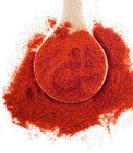 Certain foods require certain spices. Chicken for example, goes along great with spices such as tarragon, curry, ginger and sage whilst basil, saffron and celery seeds compliment fish. If we talk about particular cuisines then they too use spices according to their own needs. Italian dishes require rosemary and oregano and on the other hand Mexican dishes make use of coriander and cumin. India, which is famous for its diverse range of spices, primarily uses curry, garlic, red chili and ginger. You can easily pick up ethnic cookbooks at thrift stores and yard sales, and this is a great way to experiment successfully with new flavors and flavor combinations!
Certain foods require certain spices. Chicken for example, goes along great with spices such as tarragon, curry, ginger and sage whilst basil, saffron and celery seeds compliment fish. If we talk about particular cuisines then they too use spices according to their own needs. Italian dishes require rosemary and oregano and on the other hand Mexican dishes make use of coriander and cumin. India, which is famous for its diverse range of spices, primarily uses curry, garlic, red chili and ginger. You can easily pick up ethnic cookbooks at thrift stores and yard sales, and this is a great way to experiment successfully with new flavors and flavor combinations!
Read: Indian Grocery: Making Whole Food Indian Recipe Substitutions
Storing Spices
Now that you have understood not to bulk buy spices but rather do it smartly and in accordance to need, the second thing to do is to store the ones you bought in a safe and efficient way so that they do not lose their properties or get damaged. Spices should not be placed anywhere near heat such as stoves or ovens as that results in them grouping together to from a mold. Neither should they be anywhere close to electrical appliances such as microwaves or toasters as they too produce heat. Make sure the steam from the food you make does not contact your spices as moisture too can be a culprit in making a clump out of your spices.
HINT: Measure out your spices ahead of time in pinch bowls, so that you are not opening containers near steamy pots!
Spices can be kept in a refrigerator, you just need to make sure that the spices you keep are commonly used by you as the rapid changes in the temperature can cause it to disintegrate because of the creation of moisture. You can simply stack most of that particular spice in the refrigerator and at the same time keep a small jar of it outside either in the kitchen or a cupboard for rapid use. Simply refill the jar once it is emptied.
Spices can be the secret weapon for any chef and they are also beneficial for health conditions like diabetes and high cholesterol and for anyone seeking weight loss. They truly have become integrated into items that we use daily which is why it is so essential that we learn about this great gift of nature and reap its benefits.
James Smith is an avid prepper and a homesteader, and you may remember his Pantry Paratus article, “Using Leaves in the Wild” (a favorite!), and his most recent article for Pantry Paratus: “Non-Toxic Pantry Items to Clean the House (Plus Recipes)“. He loves to write about prepping, natural living, and weight loss. Follow @JamesSmith1609 for more updates.

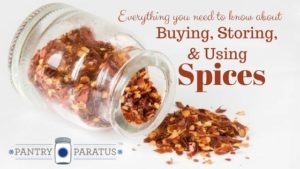
I LOVE spices! My favourite ones are cumin, ginger, red pepper, savory, garlic, nutmeg and black pepper.